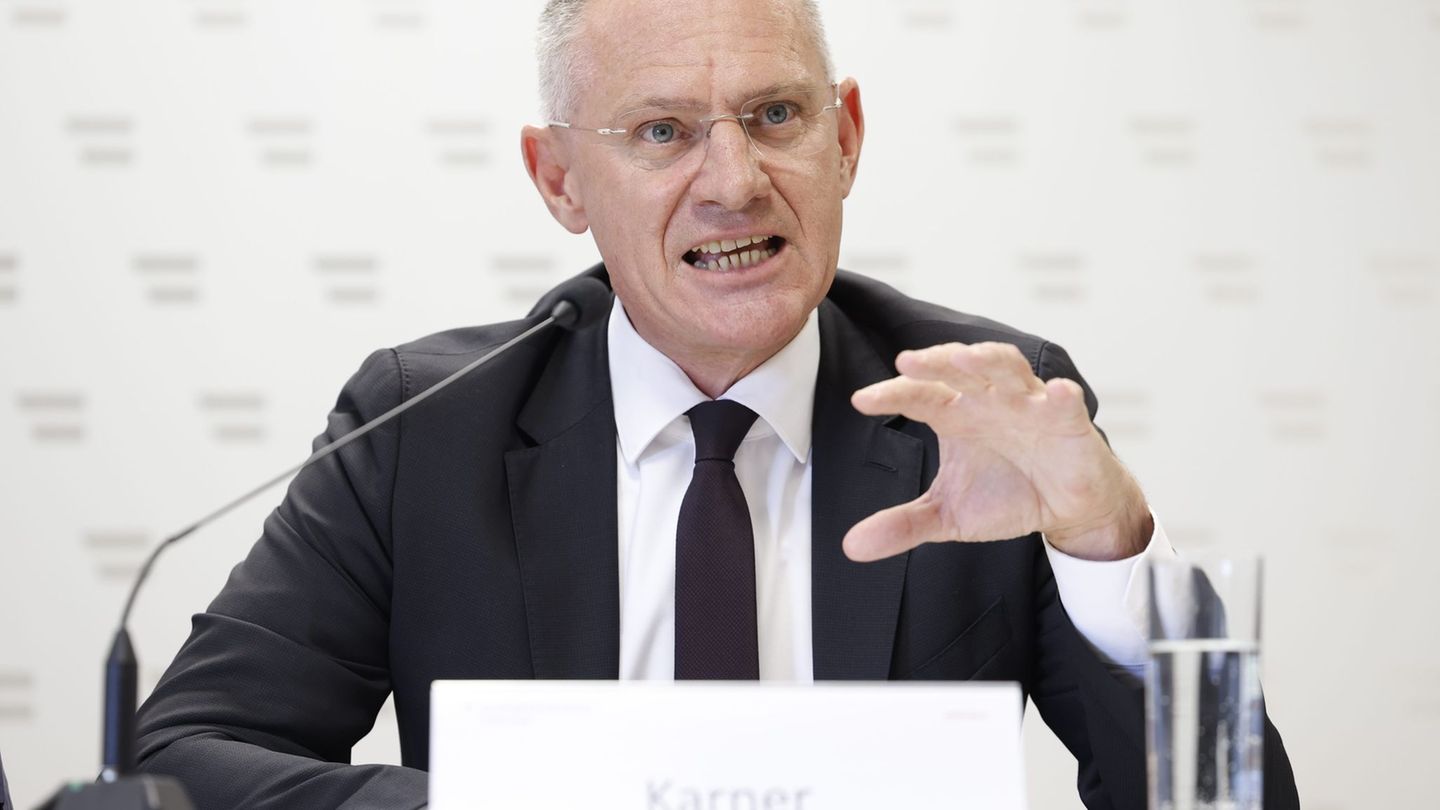The closing of the price gap due to devaluation, inflation and recession in the River Plate country makes the country less expensive in comparison.
Uruguay It is an expensive country, and that is a reality with which authorities, producers, businessmen and citizens coexist. During 2023, this was a particularly important problem for the local economy, especially compared to what was happening in Argentina: faced with a country that is significantly cheaper and very close in geographical terms, the price gap, the exchange difference and the diversion of domestic consumption were phenomena that, hand in hand, raised concerns. However, this year the cost of living difference between both countries it was reduced to 91.6%.
The content you want to access is exclusive to subscribers.
The figure may still seem very high, but if you take into account that the gap reached 101.05% in July of last year, driven by the exchange difference and the strong escalation that the parallel or blue dollar in the neighboring country; the improvement that the specialized site revealed Numbeo is significant.


The reduction of the gap between costs of living is not, however, an exclusively Uruguayan achievement, since it was not generated from lower prices or expenses in the country, but from a significant increase in the average minimum expenses in Argentina. In this regard, it is necessary to consider the strong devaluation of the exchange rate implemented by the government of Javier Milei just took office in December, which took the official dollar from 366 to 800 pesos and which, since then, has maintained the strategy of crawling peg —which consists of very gradually carrying out a 2% monthly devaluation.
Likewise, the inflation In the neighboring country, there has been an accumulated increase of 65% so far this year – 289.4% year-on-year – and 79.1% in the five months of the Libertarian government. This increase in prices also contributed to bringing the Uruguayan cost of living into line with that of Argentina, which, in parallel, is suffering the effects of the economic recession in the fall in consumption, production, purchasing power and employment.
A smaller price gap
The decrease to 91.6% in the cost of living – which, a year ago, was 96.8% – has its immediate correlation in the reduction of price gap between the cities of the Uruguayan coast, those that suffered the most from the exchange rate difference and the diversion of consumption, and those on the other side of the Silver river.
In that sense, while last September the gap reached a historical maximum of 180%, the last Border Price Index (IPF) prepared by the Catholic University of Uruguay (UCU) —corresponding to March— pointed out a difference of just 50% in Leap in respect of Concordia (Entre Ríos).
The favorable evolution of the price gap was something expected by specialists given the change of political sign in the Argentine government, but the speed with which the changes occurred was surprising. In fact, according to the director of the UCU Observatory, Javier de Haedo, the price difference could become zero or negative before the end of the year. An aspect that would certainly have a significant impact on the comparison of living costs.
This is because economists’ projections suggest that Argentina it may continue to become more expensive in dollars —despite the fact that, in recent months, inflation has slowed—; contrary to what happens in Uruguay, where the dollar is relatively stable while inflation has been within the range for eleven consecutive months. target range and quite close to the center of 4.5%.
The yellow lights for Uruguay
But not everything is positive in this change of scenario for Uruguay: Although the reduction in the price gap is a good sign for the economy, mainly for the coastal departments that have seen sales and consumption recover—in the face of a Argentina much less attractive in terms of costs for Uruguayans—; The recession in the neighboring country can have consequences at the local level.
One of them is the possible inflation import in dollarsa situation also alerted by the economist Javier de Haedo mainly because the Argentine rise in prices would stop it being a factor of pressure on prices in Uruguay. That is, before the departure of a competitor In several consumer sectors that kept some products controlled or limited in the local market, an increase could be experienced in certain sectors. Specialists agree that this effect would be seen mainly in the services and in the tourism.
Another aspect to take into account is that the Argentine importers they still maintain debts with Uruguayan producers and that the exchange situation in the neighboring country continues to prevent full payment. In that sense, a month ago there was the first closure of an industry due to amounts owed.
Source: Ambito




